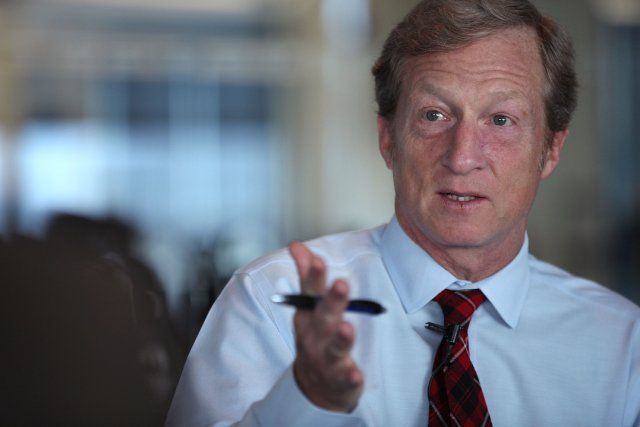

Co-published by Fast Company
Tom Steyer and Donald Trump were both born in New York City, and both went on to legendary success in the business world. And that’s about where the similarities end.


As Oklahoma’s attorney general, Scott Pruitt pinned his career on fighting laws and regulations that stood in the way of agricultural, mining or energy interests. Now he’s Trump’s pick to lead the EPA.
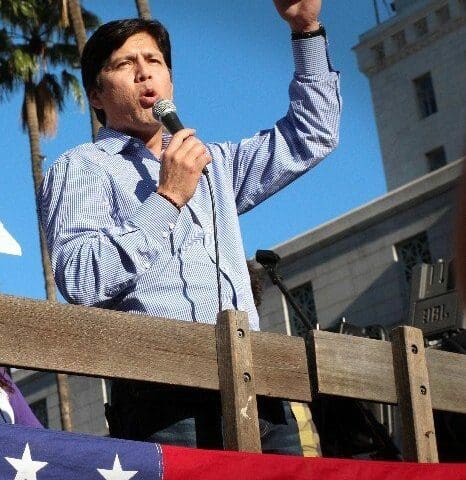

Today California legislators returned to their jobs in Sacramento, facing a new year and, for Democrats, a distressing new reality: their first session under the incoming presidency of Donald J. Trump.


Stories that survey a California whose residents are forced to drive for Uber or live in rooms with cardboard walls.
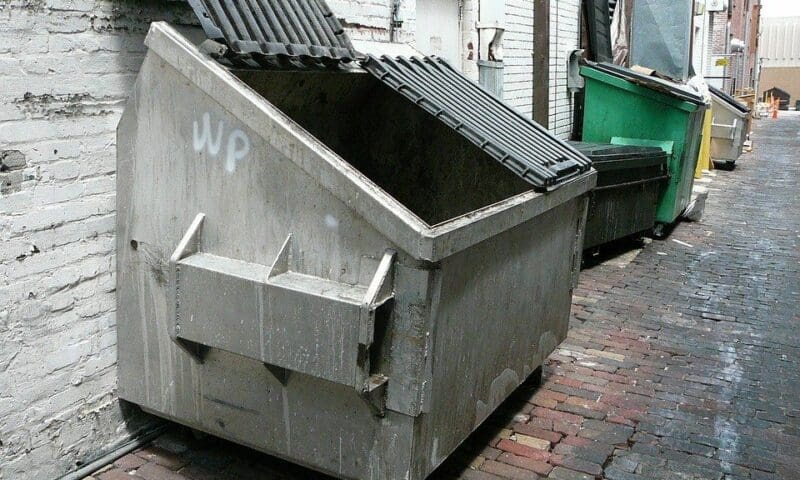
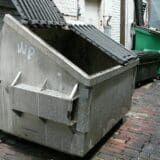
Six years ago, when I moved from a bungalow to a swank apartment near Venice Beach, I was dismayed to learn my building had no recycling bin. Instead, a single, beat-up dumpster sat behind the structure in an alleyway to receive unsorted trash from residents in all nine units.


On November 15 Mangan Park residents got more bad news. Homes near the neighborhood’s public gun range were discovered to also have been contaminated by lead, almost certainly from the facility. For Jeff Van Slooten, a retired lead expert, the testing came seven months too late.
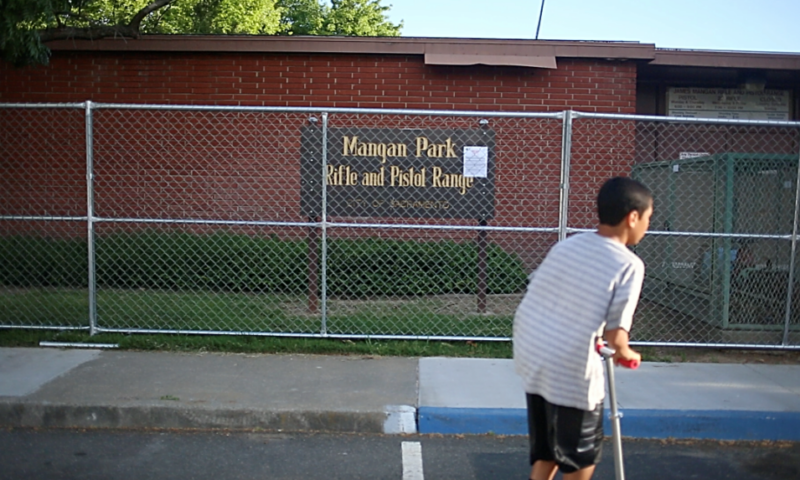

Last April, residents of Sacramento’s working-class Mangan Park neighborhood were invited by city officials to a meeting to discuss a health scare involving the presence of lead particulate in their community.
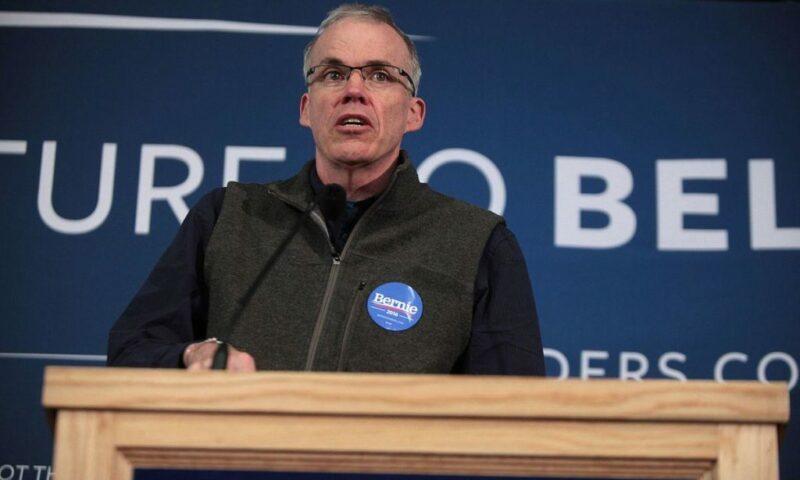
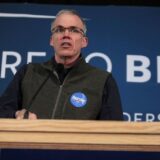
If Bill McKibben was not optimistic about the future of the climate movement in the wake of the jarring U.S. presidential election, neither was he particularly sanguine before.


The elephant in the room at the presidential debates was climate change. According to a piece in Slate, this year the candidates spent a total of five minutes and 27 seconds on the subject. That’s better than 2012 when candidates didn’t mention it at all.


Everybody knows that sunflowers turn their heads toward the sun. But until now no one knew whether the movement simply followed the sun’s arc, or whether some internal rhythm guided the plants. Now we have a clue.
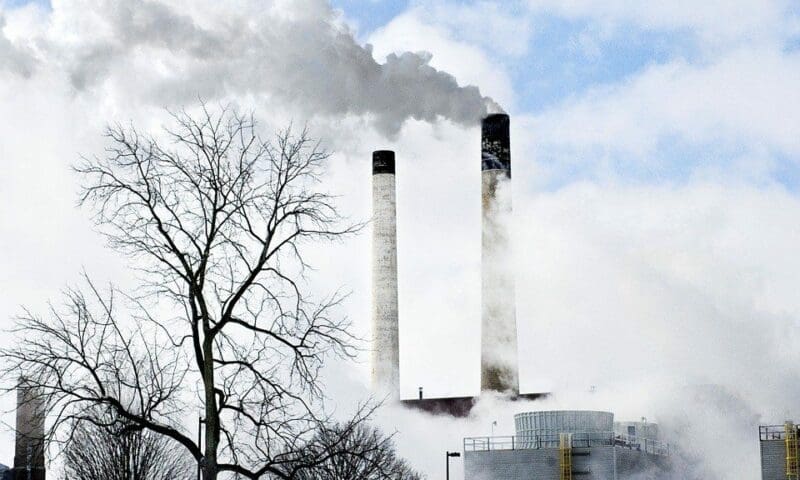

Dean Kuipers on why Sacramento punted on Cap-and-Trade.


Bill Raden reports how Big Oil is trying to scuttle California’s program to reduce greenhouse gases.
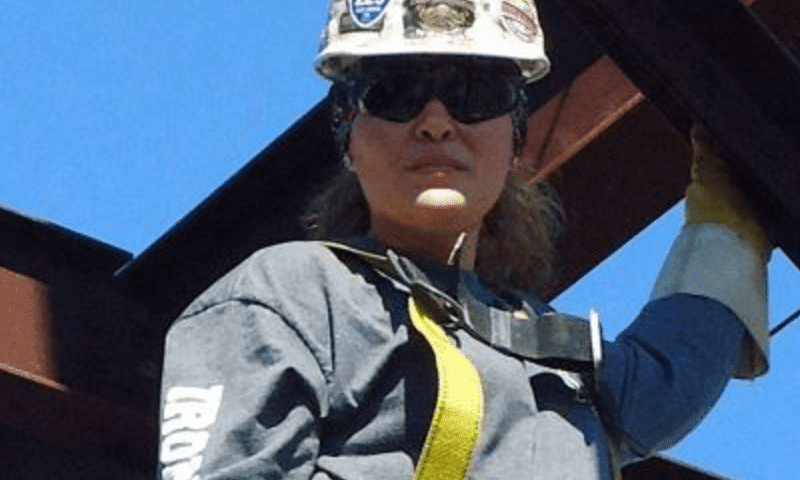

California’s deserts are blooming with windmills and solar farms and, according to a new University of California, Berkeley report, these large-scale projects are creating top quality jobs.
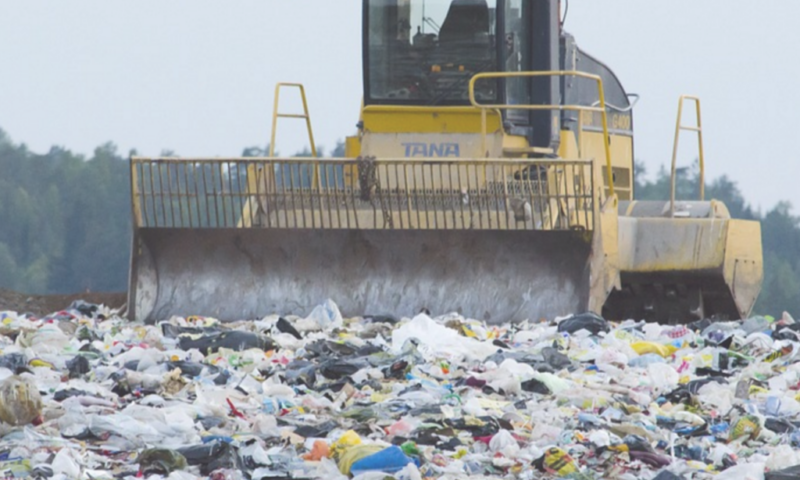
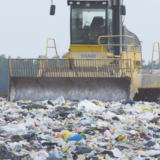
Activists wanting to solve the crisis of human-caused climate change face a serious dilemma. The threat appears neither close enough to get our sustained attention, nor distant enough to postpone doing something about it now.
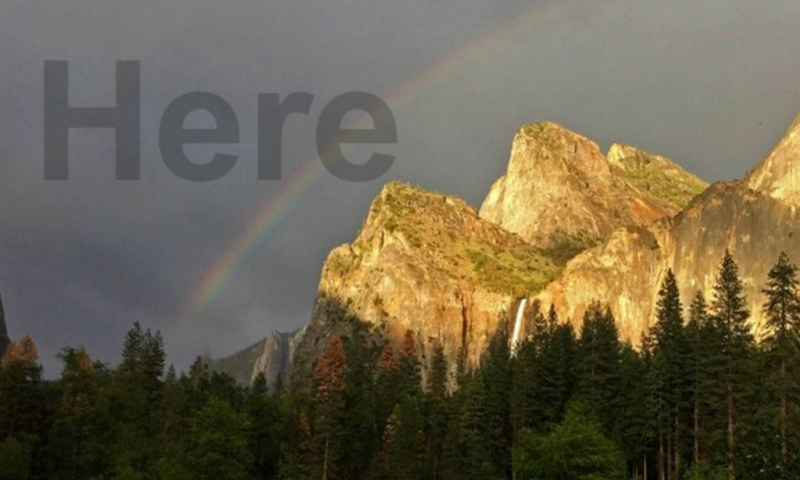
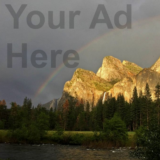
The Grand Canyon, brought to you by Budweiser. Verizon signs throughout Yellowstone. The thought of advertising in our national parks is nauseating. But it could happen.
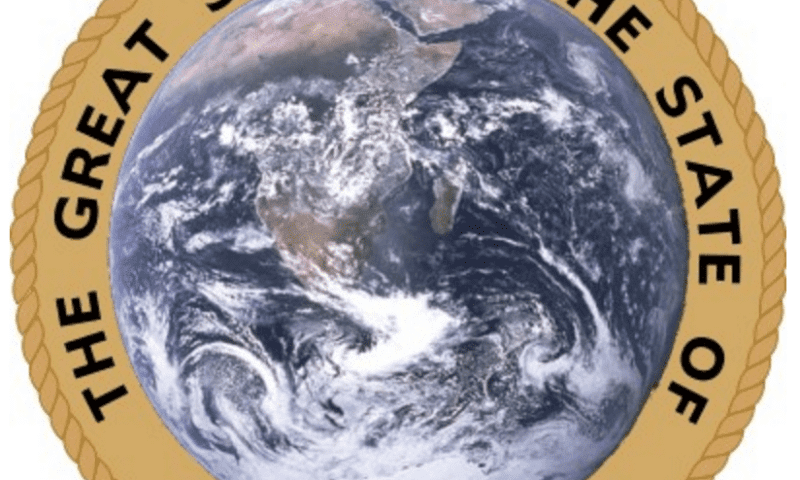
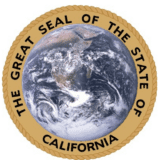
Most high school science teachers across the country now teach climate change, but about a third explain it away as a natural phenomenon. Another third tell their students that it comes from both natural and human causes. Meanwhile California almost reached its average reservoir and snowpack levels as measured at the end of March, and reports from around the world say that the oceans keep rising faster than expected and that annual temperatures continue go up. Last year finished as the hottest yet, following a decade of record-breaking annual tallies.
As if this weren’t happening, the fossil fuel folks keep pressing ahead. Our state’s three major privately-owned utility companies filed applications for a rehearing at the Public Utilities Commission, seeking a rollback of its recent rules encouraging rooftop solar panels. The big guys never give up.
So is there any good news this spring?
» Read more about: Spring Awakening: Uniting Against Climate Change »
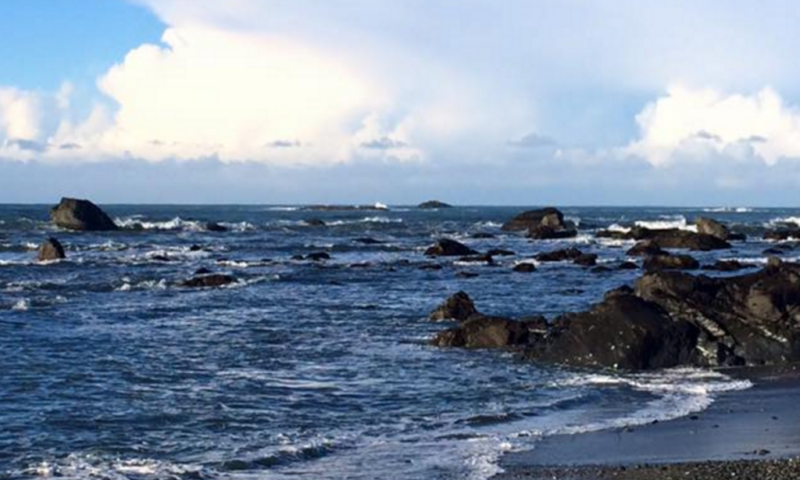
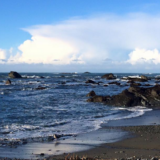
While the media distract us with the shinier attractions of the presidential-candidate road shows, the dirty work of politics continues in the shadows. I do not mean to diminish the importance of who gets elected or even nominated, but the secret and behind-the-scenes work often makes for decisions that change public policy in favor of the rich and powerful. Those shifts impact our lives in a big way, as two recent examples in California illustrate.
Most recently, the South Coast Air Quality Management District (AQMD) upended its mission to clean our air. First the old Democratic majority opposed its staff’s recommendation for tougher rules that would govern the fossil-fuel industry. They watered them down. Then two months later, and with an even more pro-business Republican majority, the board went into closed session and fired its long-time executive officer. Praised by environmentalists, even though they often disagreed with him, he had faithfully pursued the AQMD’s goals while balancing the impact on industry.
» Read more about: California’s Air and Coast: A Buyer’s Market »
(The following talk was given last night by Robert Gottlieb at Pasadena’s ArtCenter College of Design.)[divider]
This is an interesting venue for my talk. If, historically, the school has been engaged in making the automobile a more attractive object for consumers and industry alike, then my talk seeks to do the opposite. Can we envision eliminating or at least reducing the automobile’s role in Los Angeles? And, if so, what would that mean for the ArtCenter College of Design and its long history with the automobile?
Let me start with a recent New York Times Sunday Business article on the design firm Ideo with its slogans of “slow becomes fast” “auotomobility” and “autonomous driving.” The headline for the piece was “Helping Ford Go Beyond the Car,” although it could have also been headlined “How to save the car while also capturing its alternatives.” Is this the route for the ArtCenter College of Design?
» Read more about: Imagining a Los Angeles With Fewer Cars »


Last month my wife Susan and I drove to Phoenix to visit family. We had never spent much time there, and my relatives wanted us to see some sites they thought would interest us. They took us to two places where an ancient people had lived for about a thousand years, reaching their height of power and size between about 950 and 1350 C.E.
This society built water canal systems that, anthropologists estimate, ran for a thousand miles. From what is now downtown Phoenix they took water from the Salt River and distributed it for farming across the local valley. Further south another group did the same on the Gila River. The main channels can be up to 30 feet across and 10 feet deep, all dug by hand, and so well engineered that water planners use some of the same routes today.
Economist: To sustain the human economy as a whole would require 1.5 Earths. » Read more about: Climate Change: Learning from the Past »
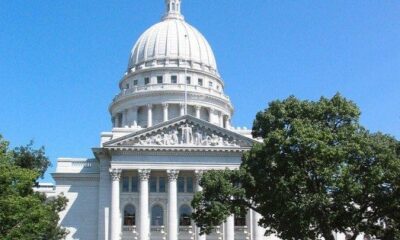
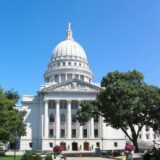
With the lead poisoning tragedy in Flint, Michigan still playing out in the national headlines, we’ve been due for good news about our nation’s water—and Wisconsin just delivered it.
Yesterday, state leaders scrapped a bill that would have made it easier for private corporations to buy municipal water and sewer utilities across the state. The bill, introduced at the request of a for-profit water company based in Pennsylvania, would have made it more difficult for Wisconsin residents to vote on who controls their water.
The evidence against privatization is plain as day. Customers of Wisconsin’s only privately owned system—which services the city of Superior—pay the highest rates in the state. On top of the costs of water and infrastructure maintenance, Superior’s residents pay an additional nine percent to cover their private operator’s profit margin and higher private-sector debt costs.
And Superior isn’t an outlier. A new report released on Tuesday by Food and Water Watch shows that,
» Read more about: Wisconsin Dodges Water-Privatization Scheme »